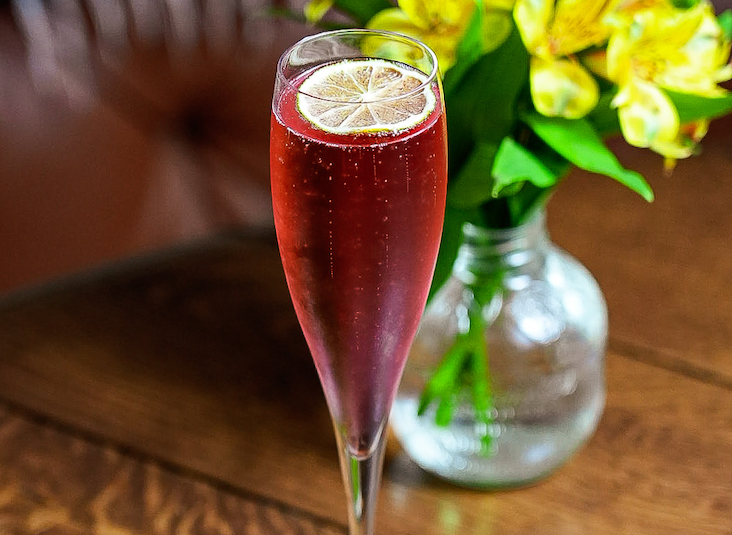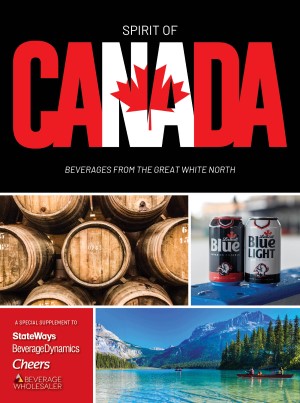Physical plant. The physical plant should be designed and organized around production. A poorly designed or poorly organized bar results in wasted motions, wasted minutes and lost sales. Arrange the most frequently used ingredients—liquor, mixes, garnishes and glassware—within easy reach of the work space.
Organize coolers and back bars so the most frequently used items are closest to the drink station. Are the beer glasses for draft beer at the taps? Are the cocktail glasses and highballs near the drink station? Is the blender station stocked with ingredients and glassware needed to prepare blended drinks?
Further, organize the bar and drink stations around what actually is being served, keeping in mind that many top-selling drinks may not be listed on the menu.
Equipment. The layout of your equipment, including the POS system, can have a major impact on workflow and production—and ultimately on sales. Organize equipment around production. Consider the most often prepared items and ensure everything needed is within arm’s reach. If you cannot relocate equipment to a desirable position, organize around it.
Supplies. Successful shifts require adequate supplies. Create a checklist with par levels for each of the supplies needed, not just to get through a shift but to perform at a high level. Running out of supplies mid-shift costs you money in lost sales and/or improperly prepared beverages, which leads to lost sales.
Most operators think through and have par levels for garnishes, mixes, liquor, beer and wine, but many don’t think about glassware. Not having enough glassware available results in serving cold drinks in hot glasses, which decreases beverage quality and often leads to broken glassware.
Tools. Not having adequate tools or an adequate supply of them rarely is a conscious decision about money. No thinking person would add 20 seconds to every drink served by not having $3 spring strainers available.
But, make sure you have the right tools. Talk to bar staff and make a tools checklist: strainers, jiggers, shakers, muddlers, knives, juicers, working blenders, etc. Ensure that enough of each required tool is available to quickly and efficiently produce quality beverages in volume if necessary.
Recipes. Make recipes easily accessible for the bar staff, either on paper or electronically incorporated into the POS system. Recipes should be written in a consistent format that allows bartenders to assimilate the recipe instructions from a quick review.
Preparing your bar for success is not difficult, although attention and daily discipline is required. The payoff of reduced stress and increased sales more than makes up for the time investment. l
David Commer is founder and president of Commer Beverage Consulting, which services high-volume and multi-unit restaurant and bar operations from Carrollton, Texas.
Ensure an adequate quantity of glassware is on hand.
Step by Step
1. Design the bar around drink production, with frequently used ingredients and supplies within easy reach of each prep station.
2. Place equipment logically and organize related supplies and ingredients nearby.
3. Create a necessary items supply checklist with par levels for each shift.
4. Don’t forget to stock adequate glassware!
5. Create a bar tool checklist and ensure enough of the right tools are readily available.
6. Ensure drink recipes are readily available in either printed or electronic form.




